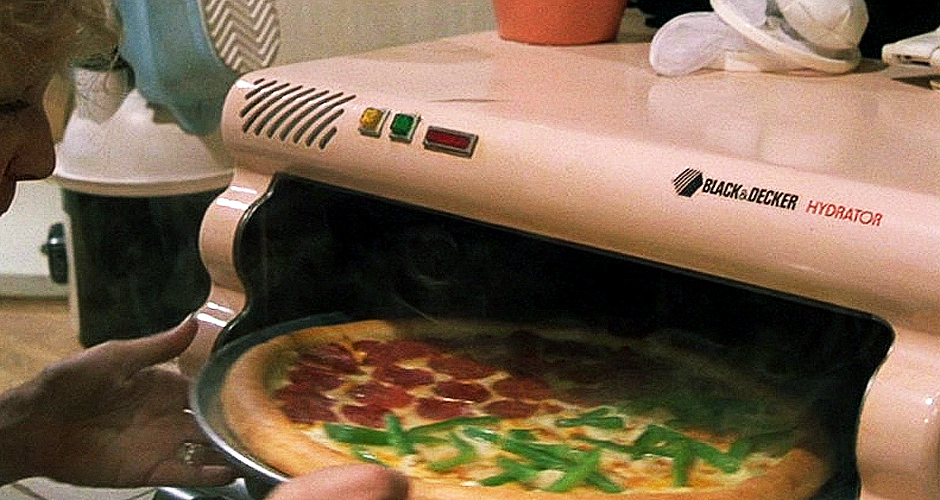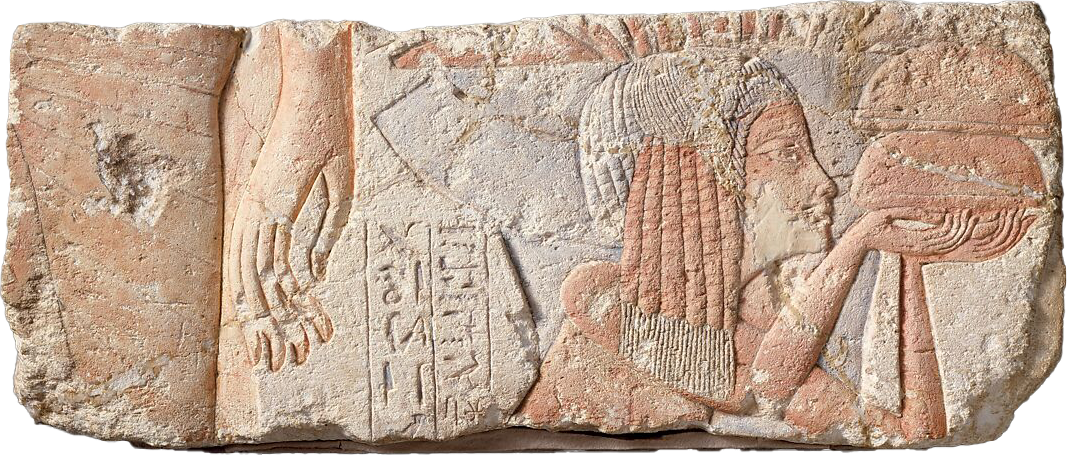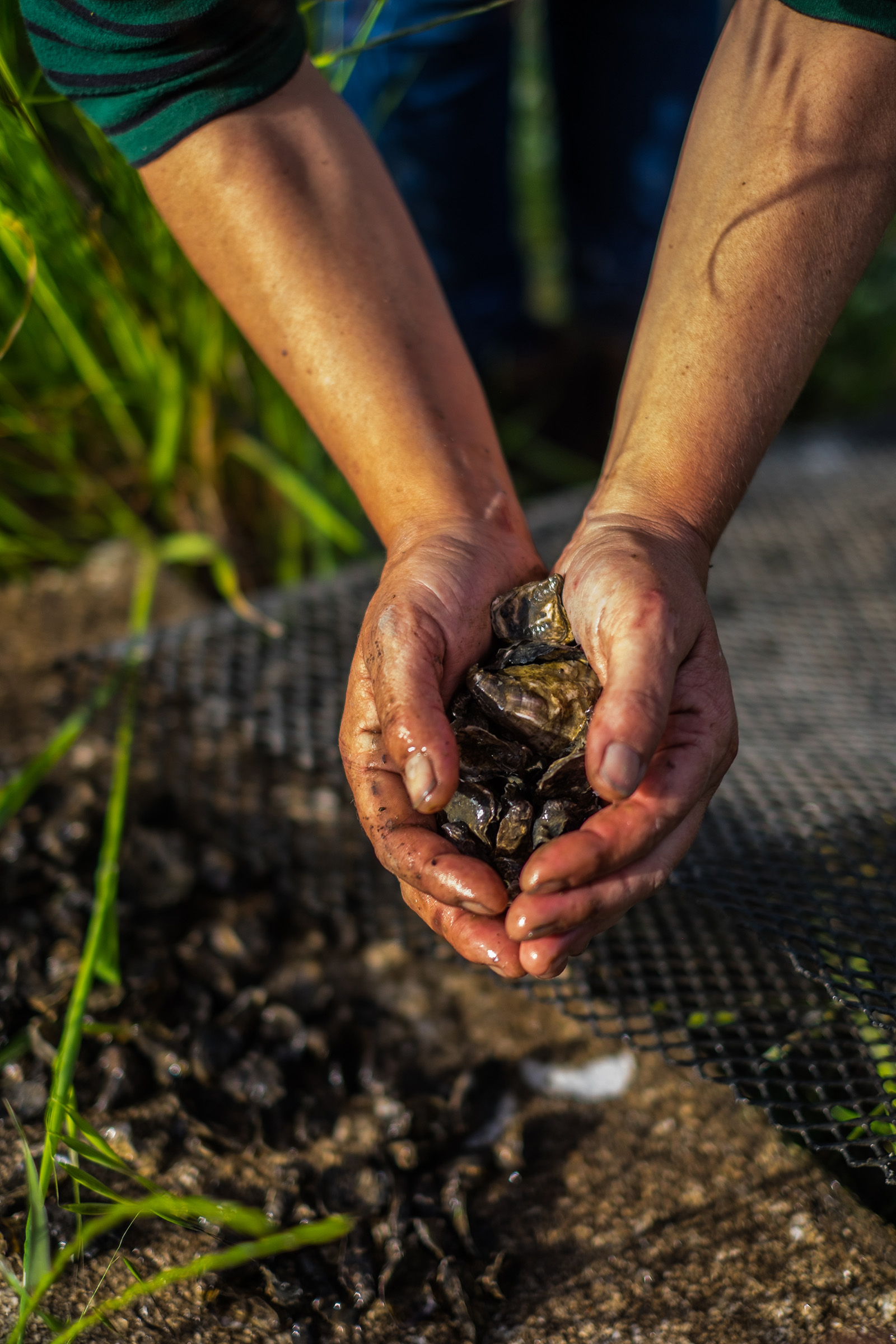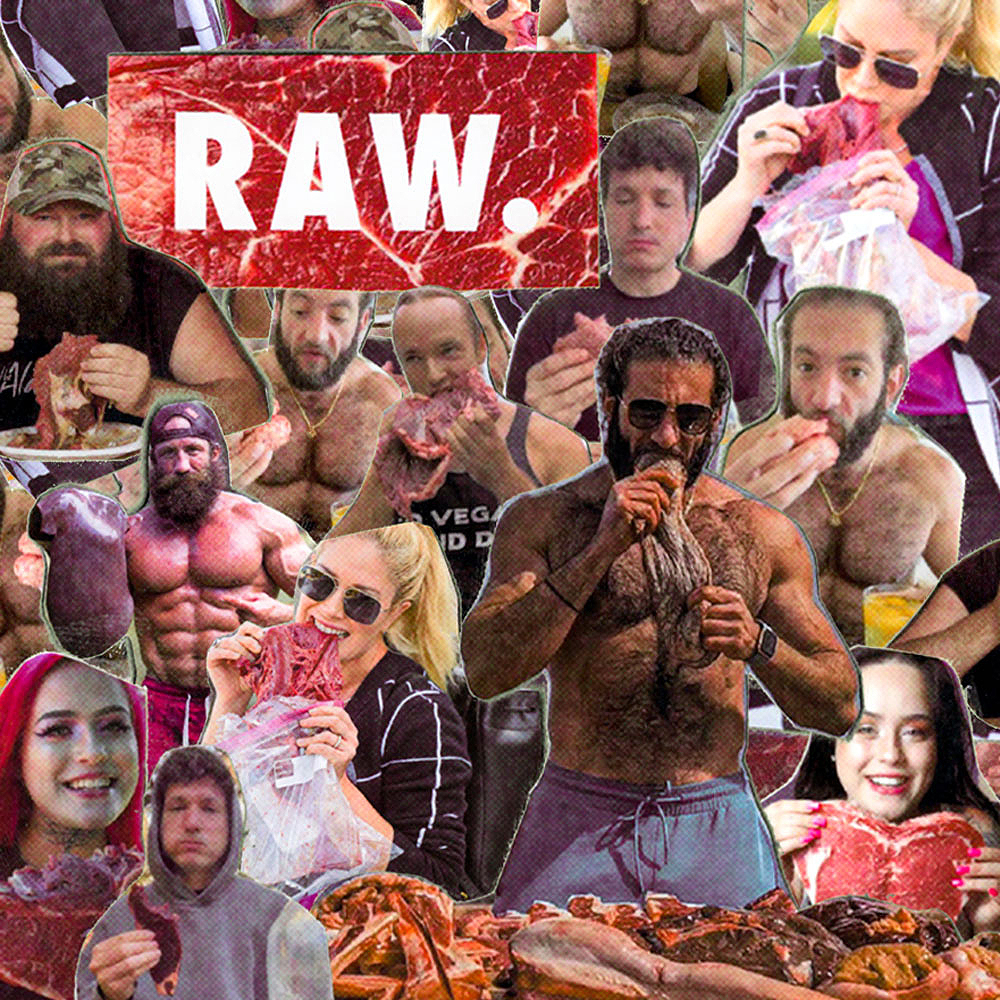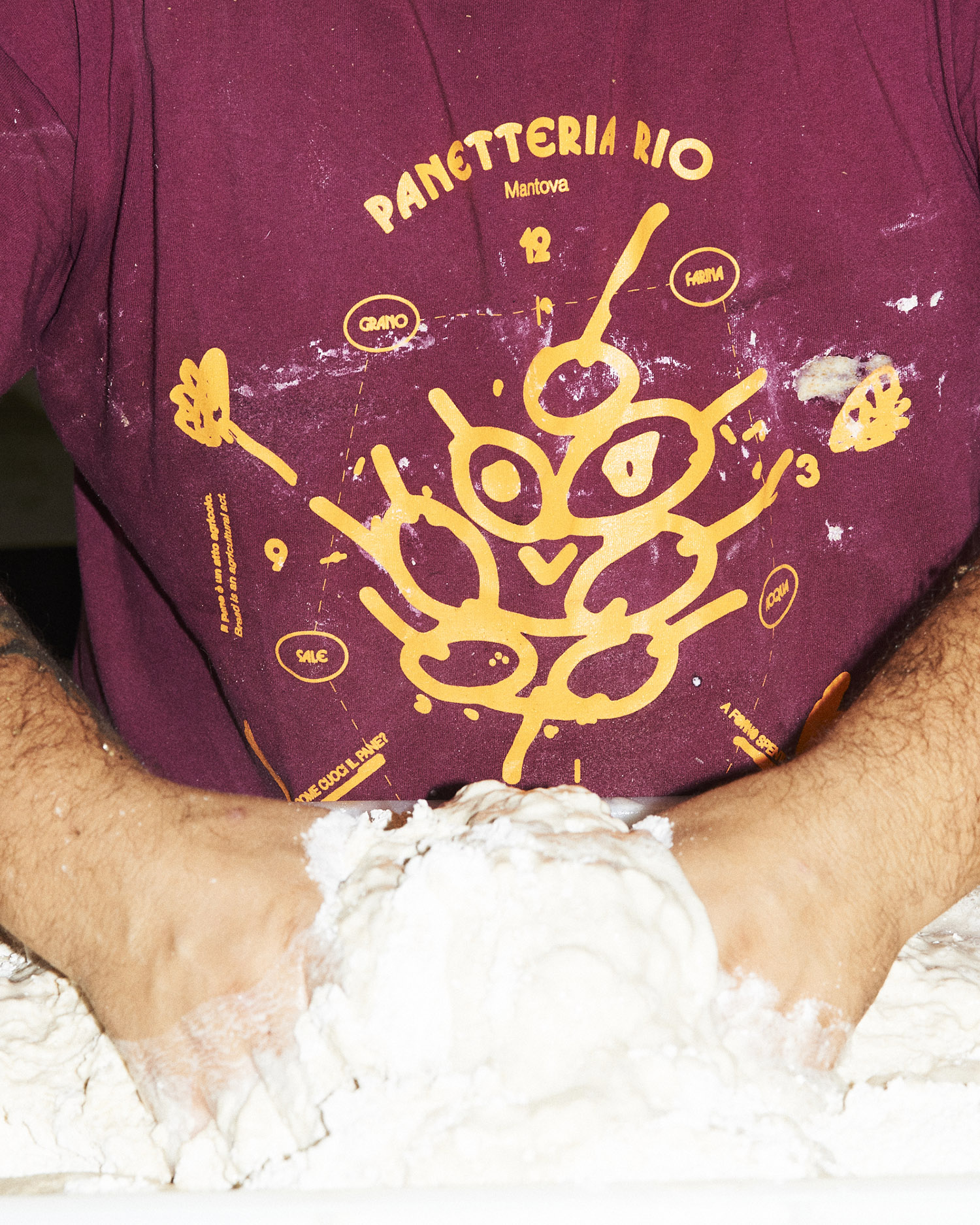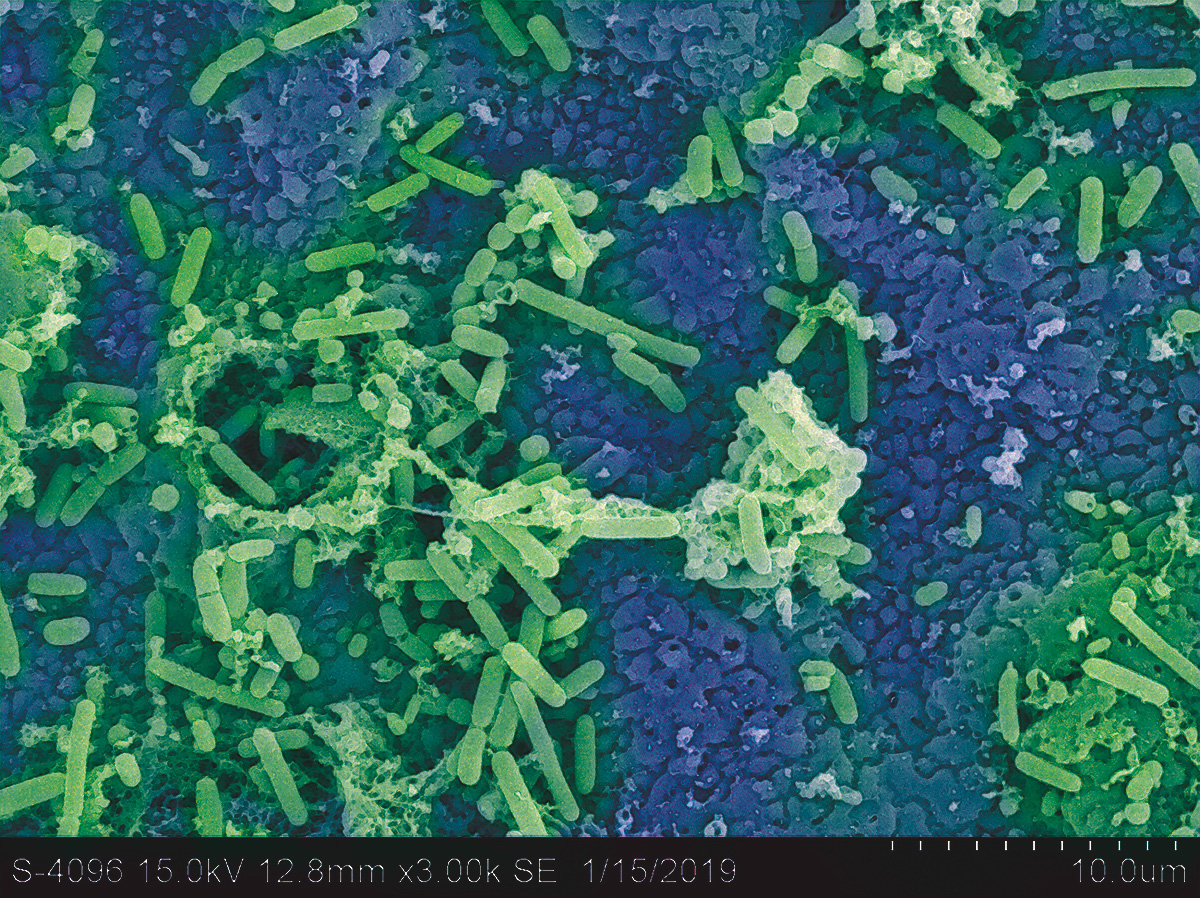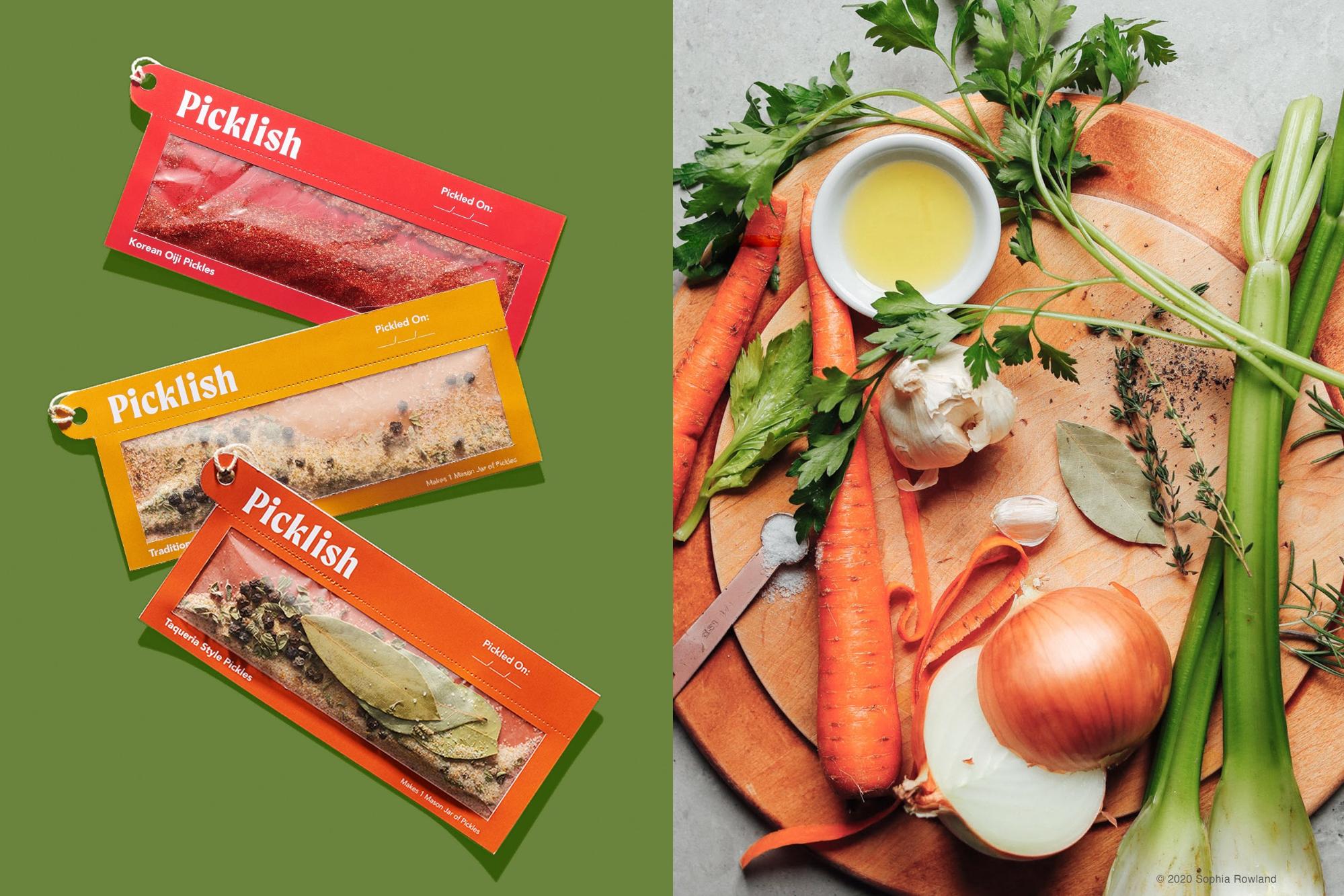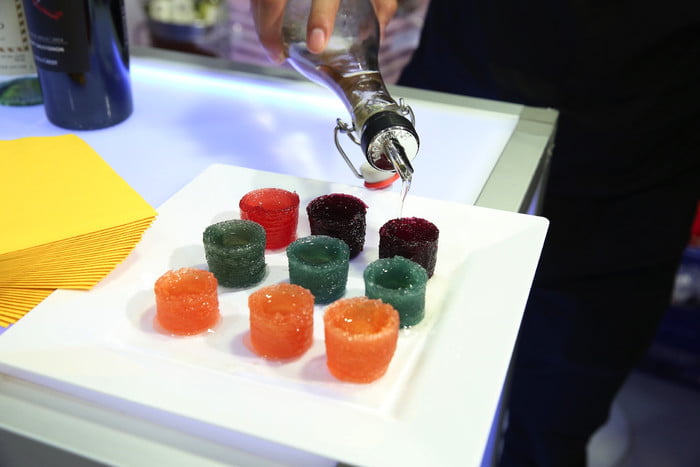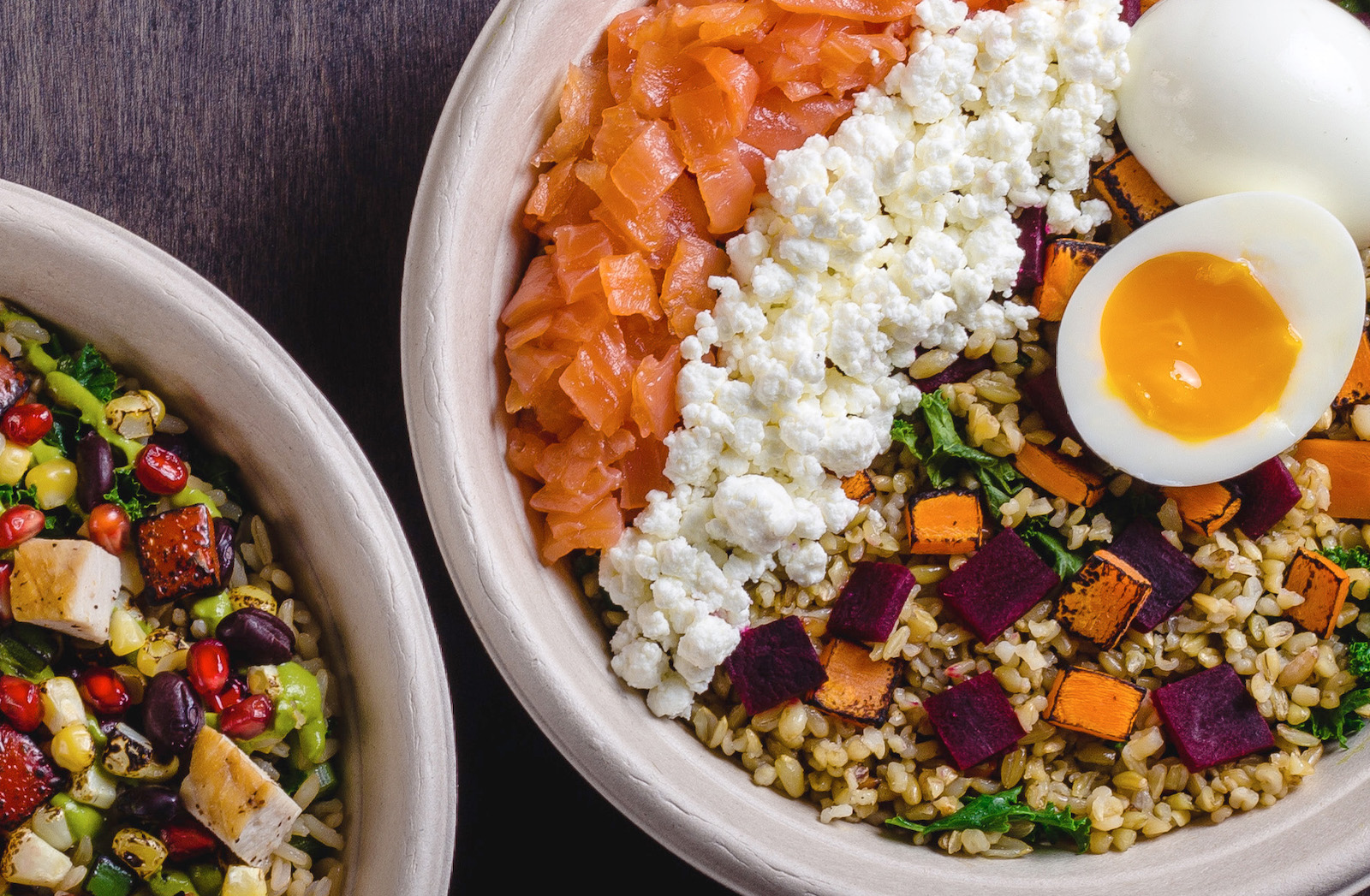In late May of last year, Anjan Contractor, a mechanical engineer at Systems & Materials Research Corporation, received a six-month, $125k grant from NASA’s Small Business Innovation Research Program to create a prototype of a 3D food printer for space missions too long for natural food to survive (a.k.a. trips to Mars). The prototype, which looks more like a large CNC machine than the cute-by-comparison MakerBot printer (or the McFly’s ’80s-vision-of-the-future Black & Decker Hydrator, pictured below) you’re probably familiar with, recently pumped out its first meal: pizza.
Do astronauts love pizza? We’re sure they do, though it’s our guess that after a year or two in zero gravity they’d probably just like a nice, fresh salad. Regardless, Contractor chose pizza for the same reason most of us reach for a slice—it’s hot, quick, cheap, and even subpar varieties taste pretty good. Plus, it can easily be made from the ingredients found in a typical spaceship’s pantry, namely powder, water, and oil.
“Long distance space travel requires 15-plus years of shelf life,” says Contractor. “The way we are working on it is, all the carbs, proteins, and macro and micro nutrients are in powder form. We take moisture out, and in that form it will last maybe 30 years.”
To make space pizza, simply print the dough layer, which bakes on a heated plate while you prepare the rest of the pie. Once the crust is complete, cue the tomato sauce, followed by a nice square-shaped squirt of an ambiguous “protein layer.”
Actually, this indeterminate protein layer is part of what pricked our ears in the first place. Contractor’s ultimate goal is not to fuel NASA’s interstellar explorations, but to end world hunger. Hey, we all have dreams. Contractor sees 3D food printers becoming so affordable and easy to use in the future, that individual family units and communities could literally 3D print hunger out of existence with layer upon layer of cheap, preservable insect protein.
“I think, and many economists think, that current food systems can’t supply 12 billion people sufficiently,” says Contractor. “So we eventually have to change our perception of what we see as food.”
As we’ve seen recently, entomophagy, the practice of eating insects, is on the rise, and grasshoppers, crickets, and caterpillars—with the right seasoning—are a promising source of protein. True, the thought of food—even insects—reduced to a powder with a shelf-life of 30 years mixed with water and oil doesn’t exactly get out salivary glands pumping, but finding a sustainable source of protein certainly has our interest piqued. Let’s just hope—for the future of space exploration—that when Contractor’s creation is finally shuttled outside our atmosphere it’s printing a more palatable version of this pizza prototype.
Sources: qz.com; Images courtesy Anjan Contractor and Animal.com
